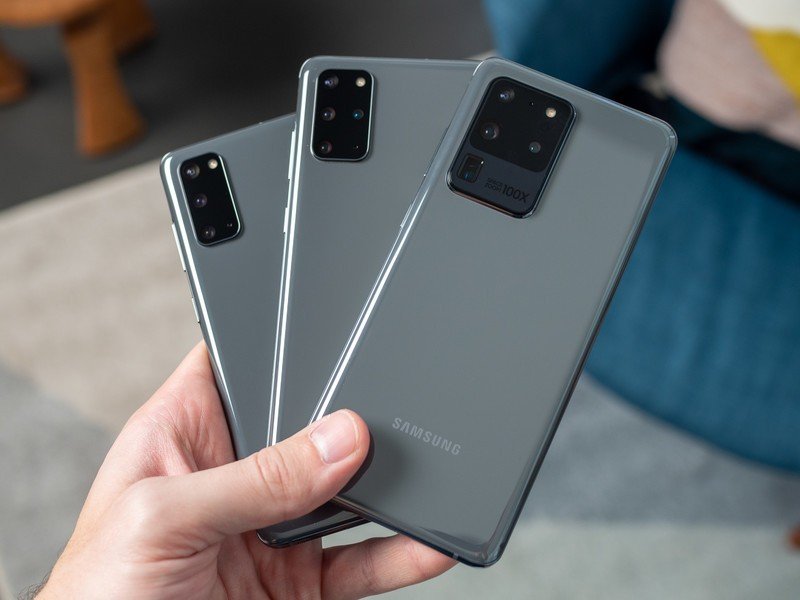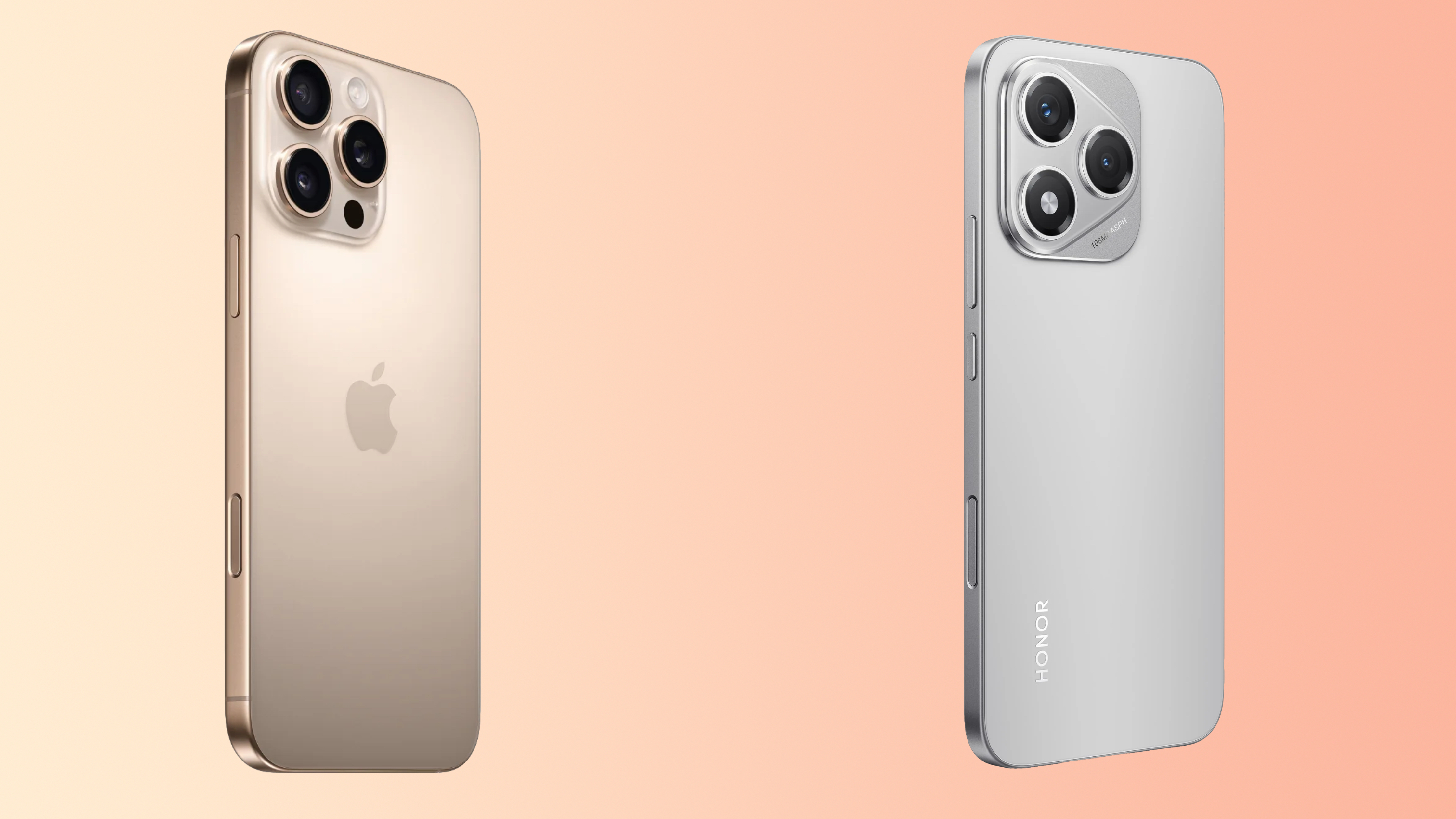Galaxy S20 Cameras: What are the differences between the models?

With the Galaxy S20 series, Samsung's making its biggest jump in camera technology in four years. Other than the general layout of standard, ultra-wide, and telephoto cameras, nothing has been carried over from prior generations. We're getting altogether new sensors and lenses across the board — including the front-facing camera.
However, upgrading all of the cameras at once apparently wasn't quite good enough. Samsung's also rolling out an even better set of sensors and lenses for the main, telephoto, and front-facing cameras on the Galaxy S20 Ultra — including a crazy 100X zoom system on the back.
There's a lot to take in. Here's what you need to know about the camera system on the Galaxy S20, S20+ and S20 Ultra.
Galaxy S20 and S20+ set the standard

The Galaxy S20 Ultra is going to get the biggest hype because of its crazy camera specs, but the standard S20 and S20+ deserve plenty of their own praise for what they offer over the last generation.
I applaud Samsung's restraint because it did exactly what we wanted it to do: stick to a 12MP resolution main camera, but just make the sensor larger and the optics better. The Pixels are nearly 30% larger than the S10, which lets in dramatically more light. Even though the aperture is technically narrower at f/1.8, it no longer has the complicated (and generally useless) variable f/1.5-2.4 aperture. This is better overall, but should show its strengths the most in low-light scenarios where the amount of light your sensor can capture is critical.
Samsung made all of the right choices with these new sensors and lenses.
The telephoto camera has also improved dramatically from its behind-the-times sensor and 2X lens. The sensor is now 64MP, which offers "lossless" 3X zoom, and then extends all the way to 30X if you really want to reach out. Though it's clear that detail really starts to drop off around 10X, it's still useful within that range for those times when you just can't get yourself any closer. And at lower zoom levels, the larger sensor with a wider f/2.0 aperture should once again help in low light.
Across all of the phones, we get an upgraded ultra-wide camera as well. The new sensor drops down to 12MP (from 16), but in return has 40% larger pixels, which helps make up for its relatively narrow f/2.2 aperture. That combination should still make the wide-angle more capable in low light, though it doesn't seem to be getting as much emphasis from Samsung as the other cameras. Still, I'm glad Samsung chose to keep it around, and even improve it, considering all of the hype its putting on its main and telephoto cameras this year.
Be an expert in 5 minutes
Get the latest news from Android Central, your trusted companion in the world of Android
Galaxy S20 Ultra takes it up a level

Now we can shift to the S20 Ultra, which has an altogether different main and telephoto camera setup. Its main camera shifts gears entirely to a massive 108MP resolution, but this isn't a bad thing: it uses 9-to-1 pixel binning to output 12MP photos. The sensor is physically much larger than the S20's, and with the binning has an even larger effective pixel size. That's great for photo quality in all scenes, but particularly low light.
| Category | Galaxy S20 | Galaxy S20+ | Galaxy S20 Ultra |
|---|---|---|---|
| Rear Camera 1 | 12MP1/1.76", 1.8umf/1.8 | 12MP1/1.76", 1.8umf/1.8 | 108MP1/1.33", 8umf/1.8 |
| Rear Camera 2 | 64MP telephoto1/1.72", 0.8umf/2.03x lossless zoom30x Super Resolution Zoom | 64MP telephoto1/1.72", 0.8umf/2.03x lossless zoom30x Super Resolution Zoom | 48MP telephoto1/2.0", 0.8umf/3.510x lossless zoom100x Super Resolution Zoom |
| Rear Camera 3 | 12MP ultra-wide1/2.55", 1.4umf/2.2 | 12MP ultra-wide1/2.55", 1.4umf/2.2 | 12MP ultra-wide1/2.55", 1.4umf/2.2 |
| Rear Camera 4 | ❌ | Time-of-flight sensor | Time-of-flight sensor |
| Front Camera | 10MP1.22umf/2.2 | 10MP1.22umf/2.2 | 40MP0.7umf/2.2 |
It isn't yet clear how useful these massive zoom figures will be in the real world.
The telephoto camera goes in the other direction with a lower 48MP resolution. That's a downgrade of sorts because it has the same pixel size, so it's physically smaller — but Samsung focused on the lens arrangement in front of it. The camera assembly is actually positioned horizontally in the phone, using a prism to make the most of the space it has to offer 10X lossless zoom. That beats the S20's 3X, even though it's starting with a lower resolution.
That's just the beginning — a staggering 100X zoom is available. As you'd expect, photos taken at 100X are pretty blotchy, but I was impressed by just how solid the shots were at 30-40X. Just how serious is this zoom? You can take surprisingly up-close photos of a city block or even individual buildings from an airplane window. It's a neat novelty to show the power of this camera, even if you're far more likely to stay under 30X most of the time.
And the unknown: How good are the photos?

Samsung clearly has the right hardware — let's see how well it's put to use.
What we don't know just yet is how all of these technological improvements come together for actual photo quality improvements. How well the massive zoom plays out in the real world is a big question mark, particularly when shooting handheld or in less-than-ideal lighting. For standard and ultra-wide photos, with these new sensors the Galaxy S20s have all of the hardware they need to take amazing photos — most importantly, in low light situations where Samsung has struggled for a couple generations.
Once we get the entire Galaxy S20 series in our hands for more extensive testing, we'll see how whether or not Samsung put the hardware improvements to good use. Phones like the Pixel 4 have set an incredibly high bar, and Samsung's coming from behind here — it's going to be fun to take these for a spin.

You're not missing out
Don't let the size and its more expensive siblings fool you: this is a full-fledged flagship. It may be more expensive than the Galaxy S10e, but it doesn't make compromises.
Andrew was an Executive Editor, U.S. at Android Central between 2012 and 2020.




